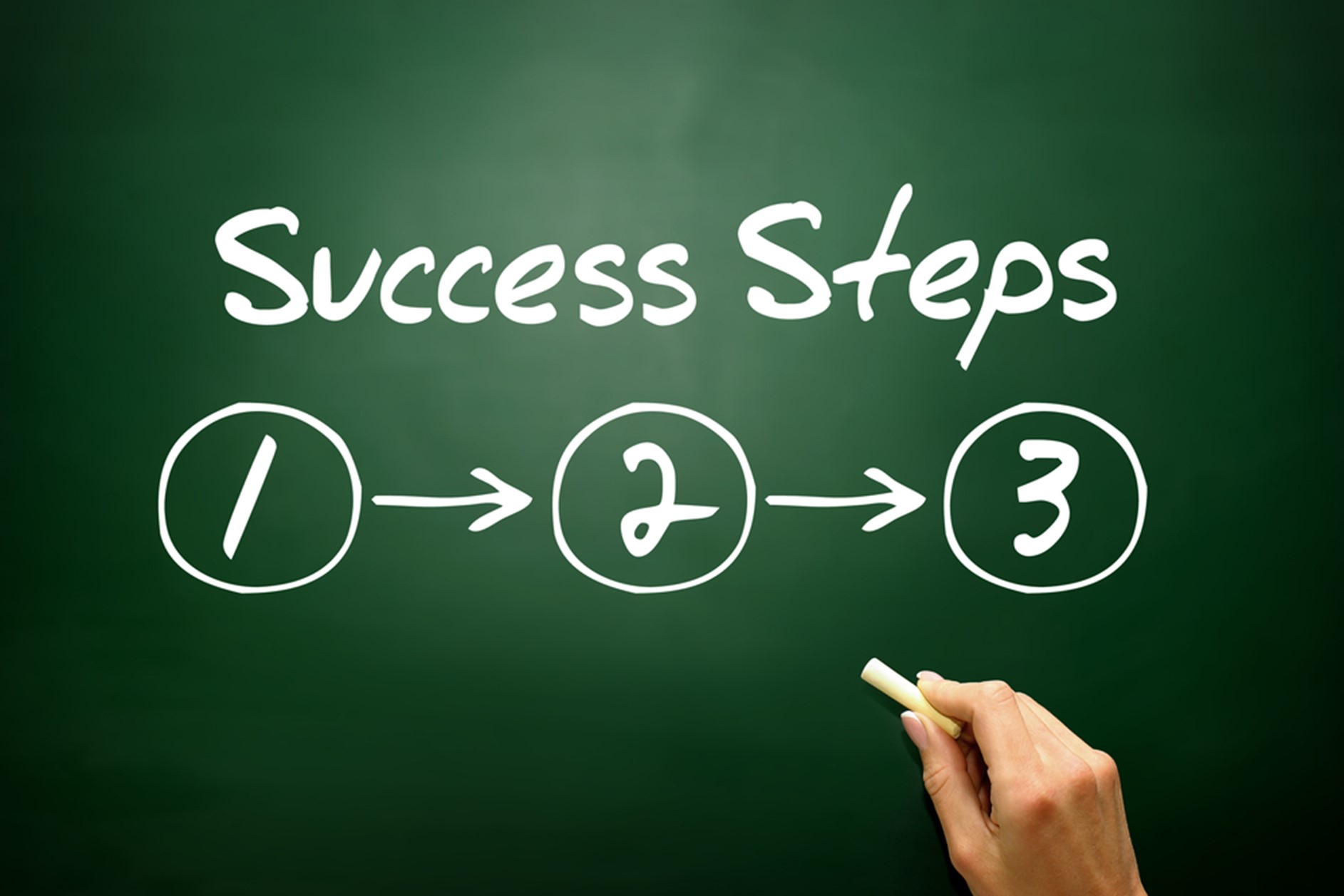Frustrated by Disappointing Sales Training Results? Look at What You Do Before, During, and After Sales Training
If you are frustrated by the results of your business sales training investment, you are not alone. Lots of sales leaders feel the same way. Despite investing an average of almost $1,500 per salesperson in sales training per year, our research shows:
- 80% of the information from sales training is lost within three months.
- Only 1-in-5 sales training participants change their on-the-job behavior or performance from standalone sales training.
- Less than 20% of leaders rate their current sales training programs as highly effective.
That is not the ROI sales managers, sales leaders, sales reps, or sales trainers should expect or accept. Sales training should directly improve sales performance (e.g., revenue, margin, win-rate, cycle time, etc.) along with sales team engagement, sales motivation, and retention. If you want your sales training to actually improve sales performance, here is what to do before, during, and after sales training.
An Often-Skipped Step
Since Sales arguably “owns” the customer, the better they understand the entire customer experience —how the customer is treated by other functions in the company — the more effectively they can serve their clients and be customer centric.
Salespeople need to have a solid grounding in how their sales activities affect other functions in the organization and vice versa. They need to know how their work integrates with other functions like marketing, product management, engineering, manufacturing, research and development, customer service, legal, finance, and technical support both prior to and after the sale.
What to Do to Get Sales Results
Though you know that your sales team cannot hit the ground running unless they have the right level of product knowledge, confidence, and sales competence to help their customers to succeed, how can you ensure that sales training has the desired effect?
Not the Content, But the Process
We believe it is time to re-evaluate the whole solution selling training process. The content of your sales training may be fine; it’s when and how you deliver it that’s the problem. We believe that for training to work you need to begin with Relevance, ensure Practice, and then be accountable for the Impact through measurement and reinforcement.
- Before — Begin with Relevance
Most salespeople are eager to get selling, and most sales enablement functions are eager to say that the sales force has been “trained.” Sure, sales reps appreciate the fact that you want to invest in their sales skills, but they are also understandably skeptical that sales training will actually help them to close more deals faster and be worth their time.
If you want to start off on the right foot, make sure that the desired outcomes, knowledge, and skills are highly relevant to three constituencies — (1) the sales reps themselves, (2) their sales leaders and managers, and (3) and the company as a whole compared to everything else that they have on their plates.
Training on how to conduct the initial prospect meeting, for instance, may not be relevant or immediately applicable if the salesperson does not know how to get the meeting in the first place. Similarly, investing time in how to sell a solution has little applicability if the company’s unique value proposition and ideal target client attributes have not been codified.
Start by assessing each sales person’s sales capabilities and identifying the handful of sales scenarios (for each sales role) that, if proficiency was increased, would have the greatest impact on areas like revenue, margin, win-rate, portfolio-mix, or cycle time. Then identify the sales skill gaps that matter most. For salespeople to be motivated to learn, and for the learning to matter, deliver highly relevant training at the time of need.
- During — Ensure Practice
For any training to have a chance at changing on-the-job behavior and performance, participants must be able to practice, receive feedback, and continuously hone their new skills. Ideally, participants are able to practice until they prove that they “can do what you want them to do” quickly, correctly, and in varied sales circumstances that reflect what they will face with their customers.
Athletes and first responders spend much of their time practicing, preparing, and improving so that they can perform at their peak when the stakes are high. The same concept should apply to your sales team if you want them to be high performing. How much practice and feedback are built into your sales training and development plans?
- After — Be Accountable for Impact and Reinforcement
If you want results, follow any sales training with reinforcement, feedback, sales coaching, and measurement. Learning is not a one-time event but an ongoing process. Check in regularly with your salespeople to be sure they are practicing the new skills, reinforce their efforts, and give them feedback on how they can improve.
Then consistently coach them toward mastery and measure the results as you go so you can clearly answer questions like:
Did the training make a difference? What is and is not working? Are salespeople using the new knowledge, skills, and processes? Are sales managers involved, supportive, and reinforcing?
The Bottom Line
To achieve measurable results from sales training, you must invest the time and energy to treat it like a sales change initiative, not a training event. What is your business case for the changes you seek for your sales force?
To learn more about how to develop and deliver effective sales training, download The 6 Top Reasons Business Sales Training Initiatives Fail
